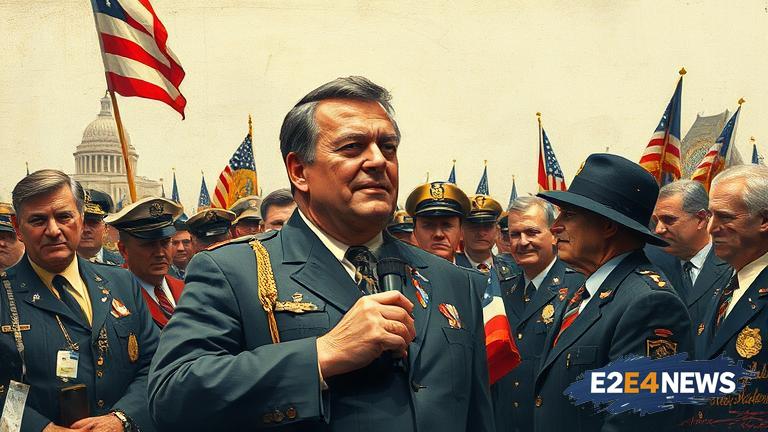Jimmy Hoffa, the notorious labor union leader, vanished 50 years ago, leaving behind a trail of unanswered questions and an enduring legacy. On July 30, 1975, Hoffa was last seen outside a restaurant in Bloomfield Hills, Michigan, and despite numerous investigations and tips, his disappearance remains one of the most infamous unsolved mysteries in American history. Hoffa’s rise to power as the president of the International Brotherhood of Teamsters, a labor union representing truck drivers and other workers, was marked by controversy and allegations of corruption. His disappearance sparked a massive manhunt, with the FBI launching an extensive investigation that yielded few concrete leads. Over the years, various theories have emerged, including speculation about Hoffa’s involvement with organized crime and potential enemies within the labor union. Despite the lack of concrete evidence, Hoffa’s legend has endured, with many regarding him as a champion of workers’ rights and a symbol of resistance against corruption. The mystery surrounding his disappearance has captivated the public imagination, inspiring numerous books, films, and documentaries. In recent years, new leads and tips have surfaced, including claims of Hoffa’s body being buried in a Michigan field or hidden in a New Jersey landfill. However, none of these leads have been proven conclusively, leaving the mystery of Hoffa’s disappearance unsolved. The case has also been marked by numerous dead ends and false leads, including a 2006 excavation of a Michigan field that yielded no evidence of Hoffa’s remains. As the years pass, the legend of Jimmy Hoffa continues to grow, with many regarding him as a larger-than-life figure who embodied the struggles and aspirations of the American working class. Hoffa’s disappearance has also had a lasting impact on the labor union movement, with many unions continuing to fight for workers’ rights and better working conditions. The case has also raised questions about the role of organized crime in American society and the extent to which corruption and violence can infiltrate even the highest levels of power. Despite the many theories and speculations, the truth about Hoffa’s disappearance may never be fully known, leaving the public to continue speculating and wondering about the fate of this enigmatic figure. As the 50th anniversary of Hoffa’s disappearance approaches, the mystery remains as captivating as ever, with many continuing to search for answers and closure. The case has also sparked a renewed interest in the history of the labor union movement and the role of figures like Hoffa in shaping the course of American history. With the passage of time, the legend of Jimmy Hoffa has become an integral part of American folklore, symbolizing the struggles and triumphs of the working class and the enduring power of the human spirit. As the search for answers continues, one thing is certain: the mystery of Jimmy Hoffa’s disappearance will remain an enduring and fascinating enigma for generations to come. The case has also highlighted the importance of investigative journalism and the need for a free and independent press to uncover the truth and hold those in power accountable. In the end, the disappearance of Jimmy Hoffa serves as a reminder of the complexities and mysteries of human nature, and the enduring power of legend and myth to captivate and inspire us. The legacy of Jimmy Hoffa continues to be felt today, with many labor unions and workers’ rights organizations drawing inspiration from his leadership and advocacy. As the years go by, the story of Jimmy Hoffa’s disappearance will continue to be told and retold, a reminder of the enduring power of mystery and intrigue to captivate and fascinate us.
